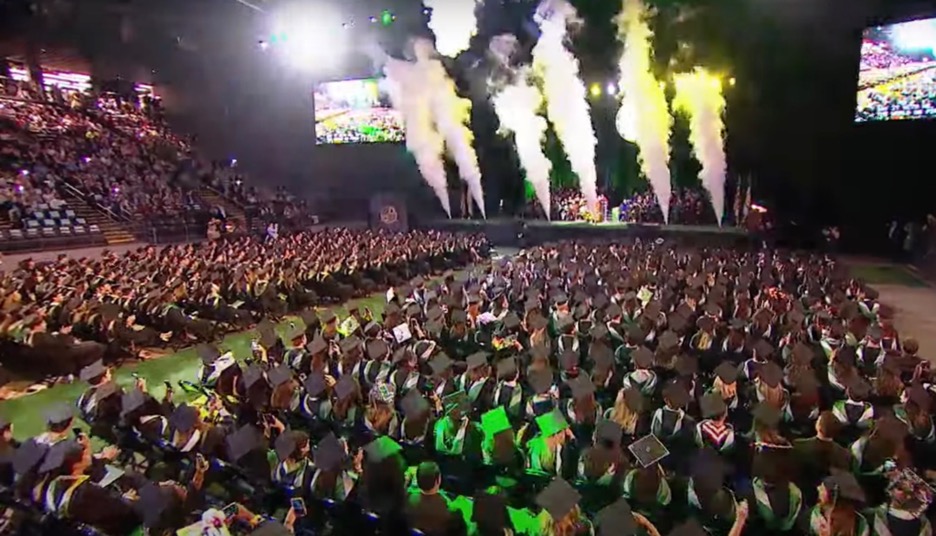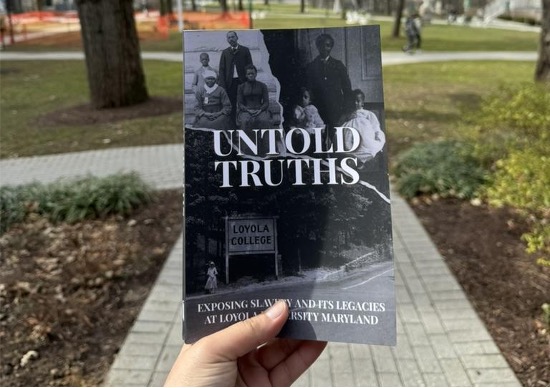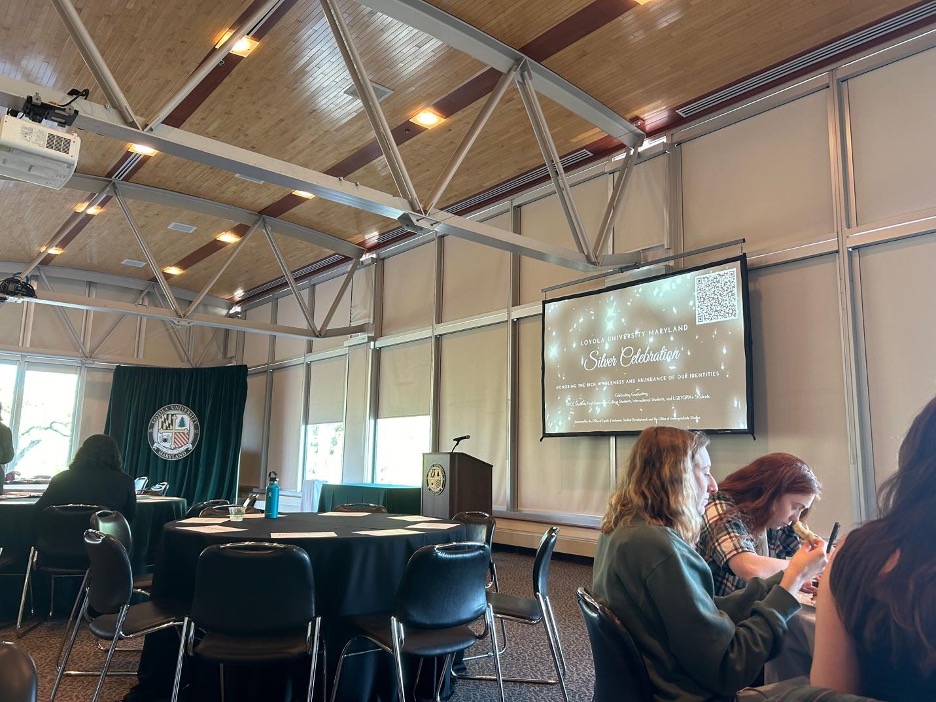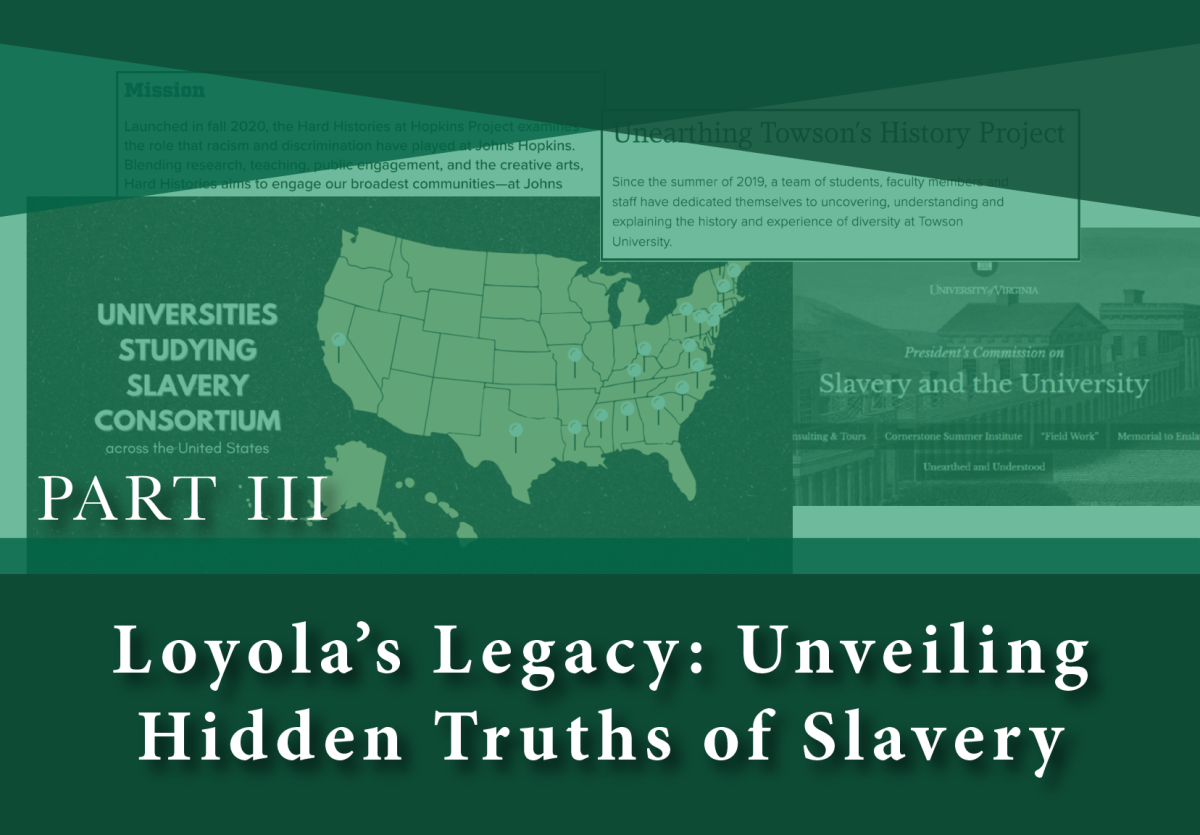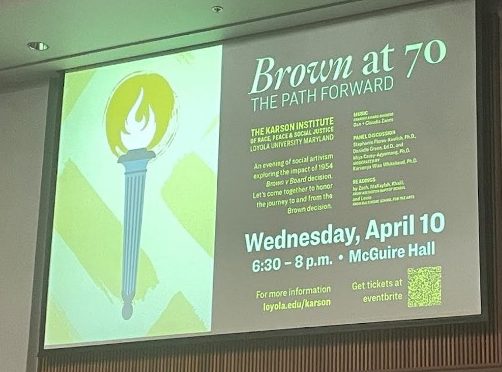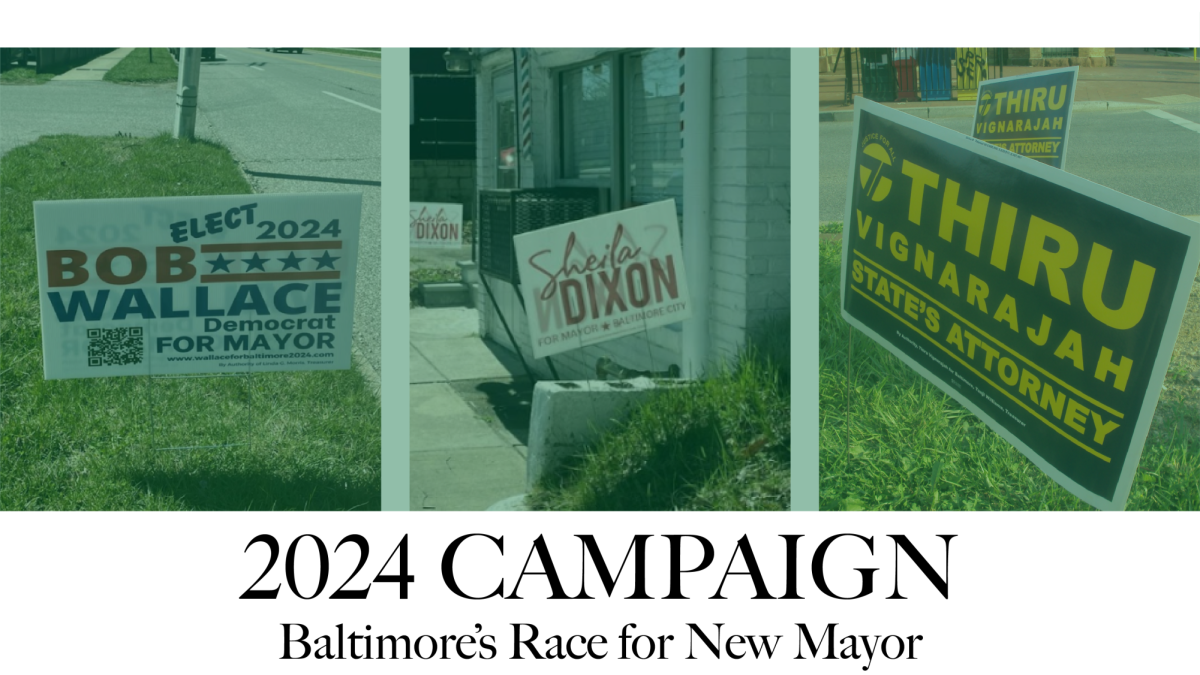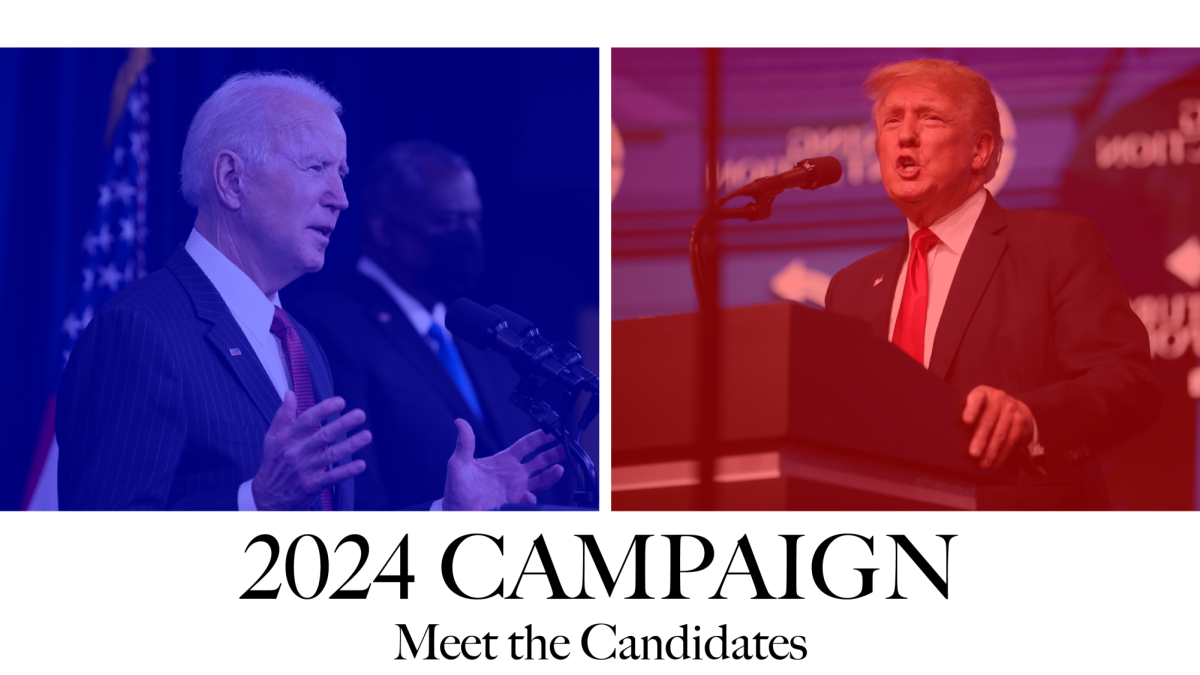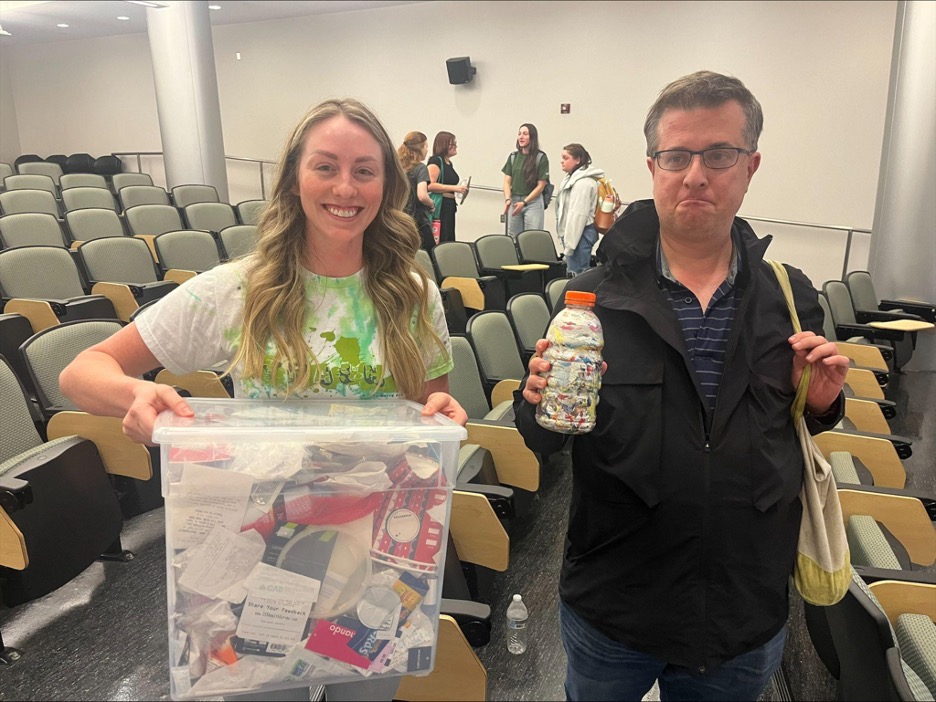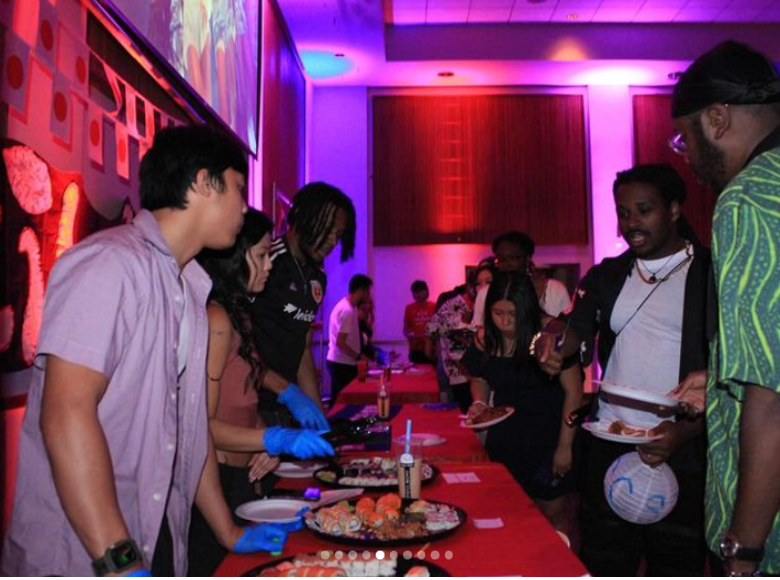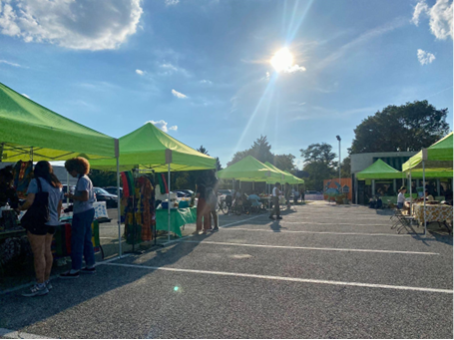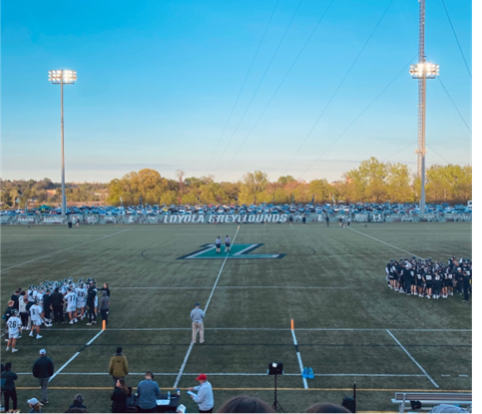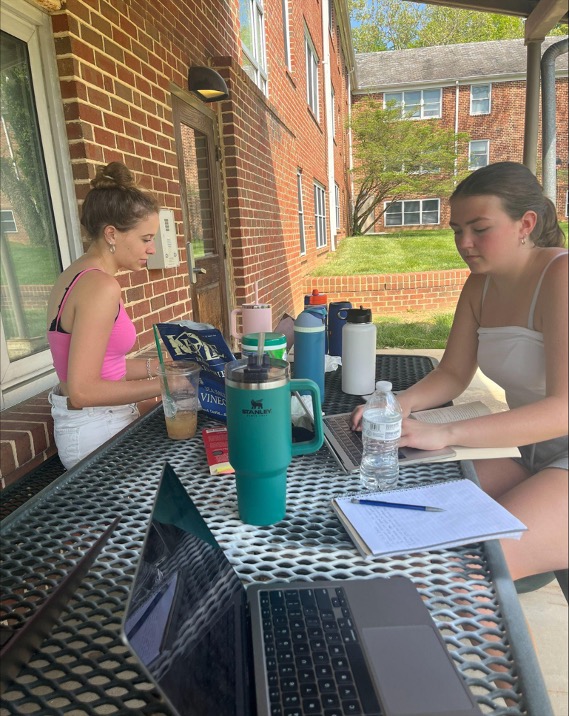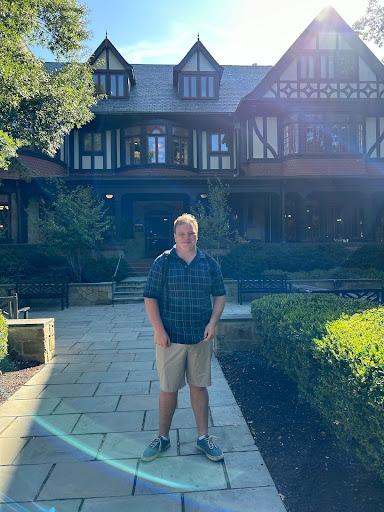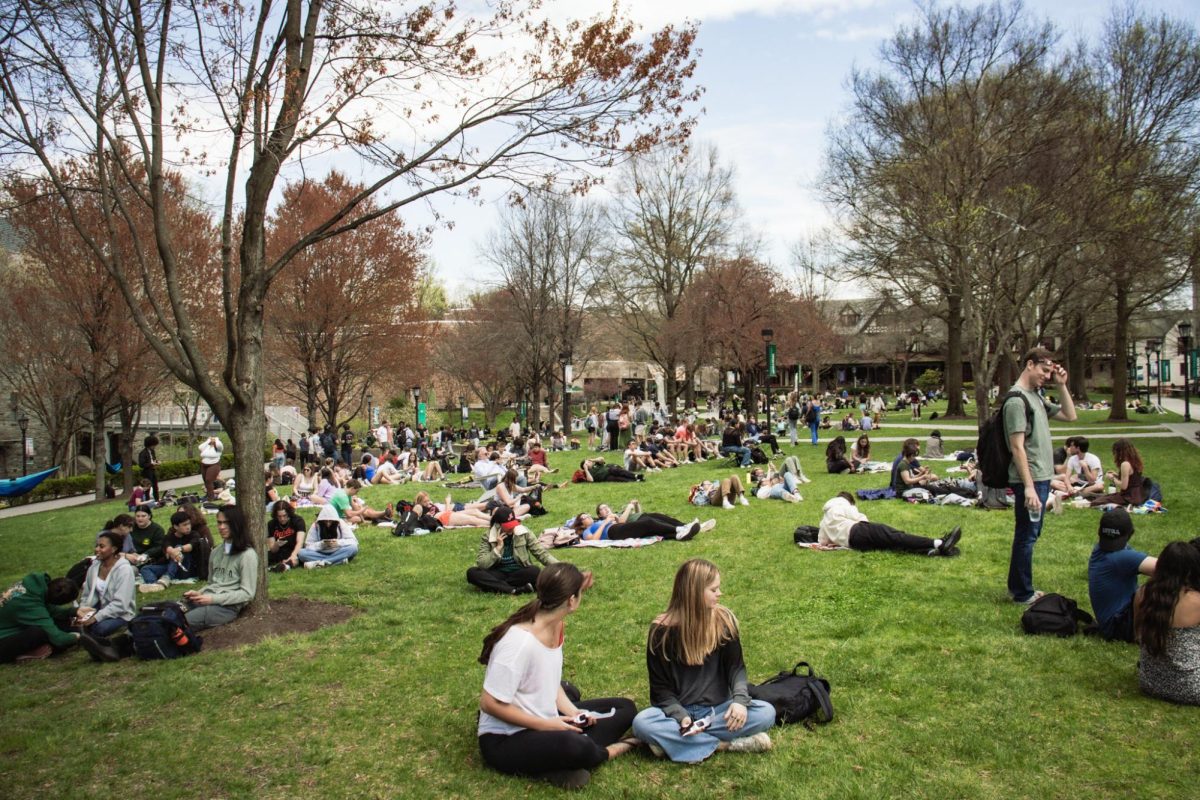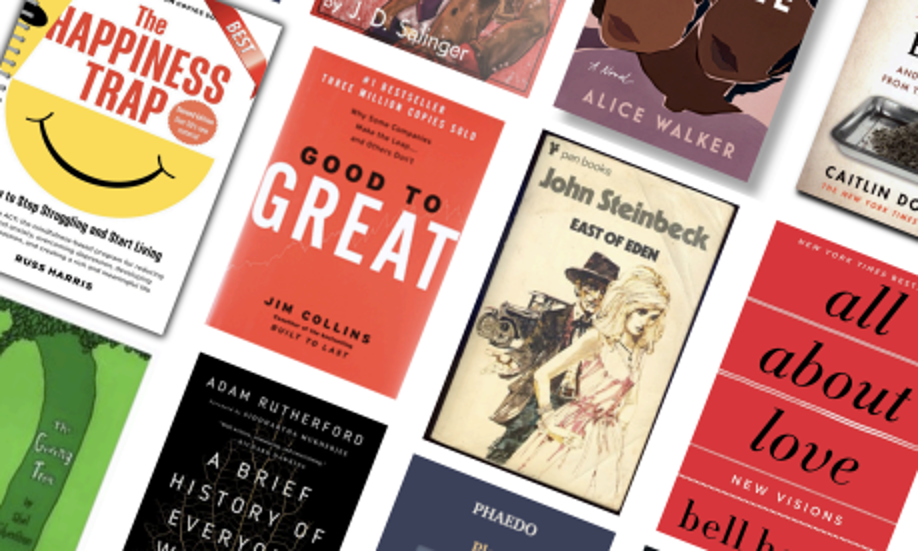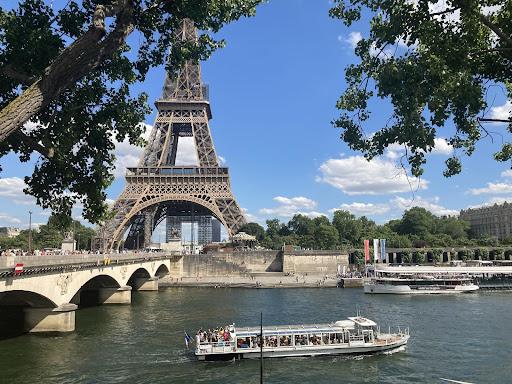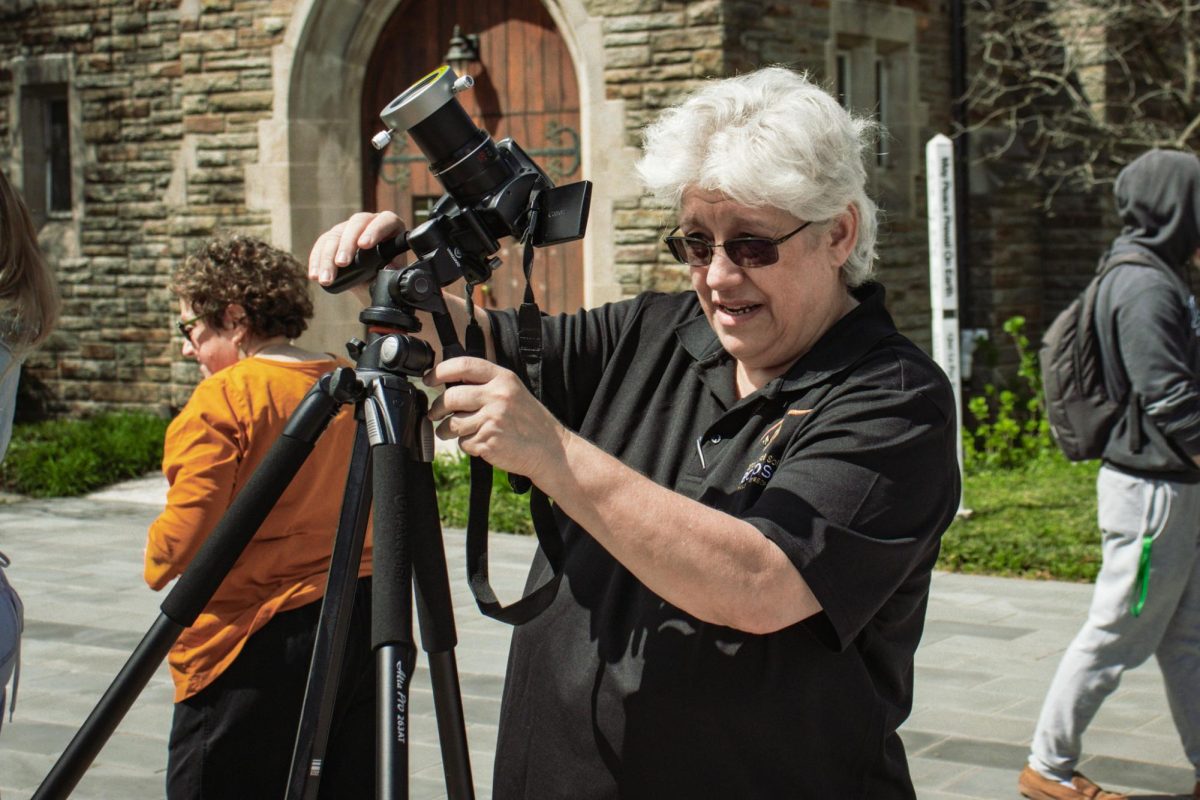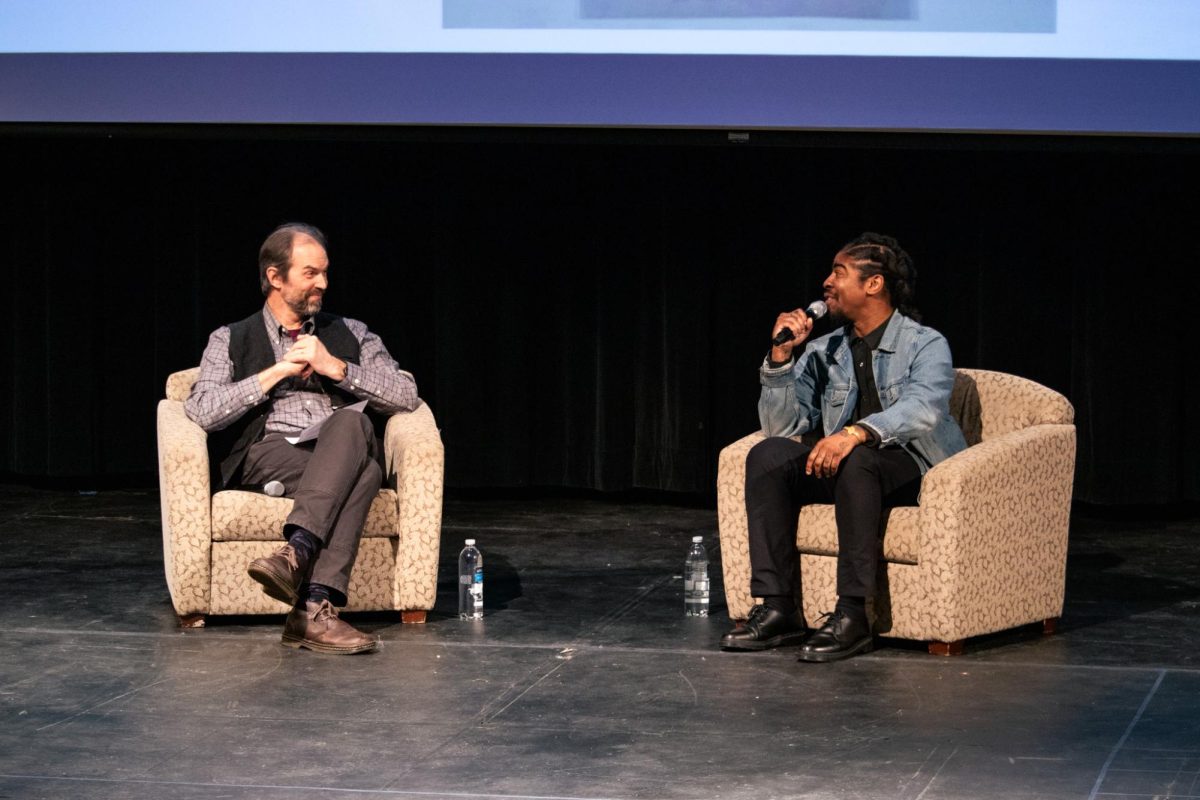A few weeks ago, a woman I was speaking with mentioned how “gentrified” the area of Station North was becoming. My question was, is that really such a bad thing?
Gentrification, to provide a quick definition, is the transition of a poorer urban neighborhood into a middle class or wealthier environment by an influx of an outside influence such as government money or new residents (generally a combination of the two) moving to the area. This increases property values, and brings along with it a slew of new changes to the environment of the neighborhood. Many disagree on whether these changes are truly beneficial.
NPR recently sat down with three people who have been directly affected by neighborhood shifts: John Murphy, a journalist; Jacy Webster, a record store owner; and Lisa Stuartevan, vice president for research at the National Housing Conference in Washington, DC.
The three agreed almost immediately that income, rather than race, is the real impetus for gentrification.
Stuartevan had this to say: “Well, I think that you can’t talk about this without talking about race…There are cases of places that are gentrified by minority higher income folks moving lower income folks out. Income is the real driver of gentrification.” Race is not a causal factor, but a correlative one.
But this is nothing new, as the very definition lays out a sort of income gap between those moving in and the current residents. That income gap leads to the real perceived problem with gentrification, the isolation and eventual outing of the current residents who live there before the middle/upper class moves into the area. A very prominent example of this would be the Manhattan district of SoHo, which was filled with artists in the ‘60s and ‘70s, and many would argue were displaced in the mid-’80s by the new zoning and rent laws placed upon the area to accommodate new renters. By attempting to keep their arts district, New York inadvertently killed it.
Jacy Webster noted in his interview with NPR: “I didn’t know what was going on…at first I thought it was great because there were new restaurants and all kinds of businesses were opening up. And there was a whole new vitality going on. You know, a lot of young, wealthier kids, which I didn’t understand, like, you know, raising families, like, who are these people? And they have a lot of money.” He went on to say that there were great benefits to his neighborhood in terms of security and many businesses that would never have been there before.
However, the main problem for current residents is the hike in property tax and rent payments. But one half of this problem does not hold the weight of the other, and the semi-permanent community that the renters create is not one that should be perpetuated nor particularly cared for. They do not own the neighborhood, and should thus not have much of a say in the direction it takes. However, the homeowners are a different story.
There are two main arguments in the debate of gentrification: one saying that it is a natural process and should be welcomed with open arms as a force that cannot be stopped, and the other throws its arms around the older residents of the neighborhood, claiming that they, as property owners, should be protected.
It seems that the two can be reconciled in Baltimore. Namely, when the neighborhood is booming with enough new owners to raise the property tax payments past a certain point, maybe 12% more than what the owner was originally paying, there should be a freeze put on the tax for say maybe five years. Now the owner can either wait out those financially secure five years, or choose to sell to a new owner/family who receives the bonus of whatever amount of time was left over from the previous owner’s tax freeze. This provides more incentive to sell at a higher price for the lower income owner, and a tax break incentive for the new, incoming owner. Of course this is merely a suggestion; the real test is finding what works for specific areas of the city.
Baltimore City should not view gentrification as a problem, but rather an opportunity which should be ridden out to the fullest of both its financial potential and that of the happiness of its residents. The two most certainly can be unified, it is simply a problem of hashing out details and considering both the city’s older population and the newcomers.


